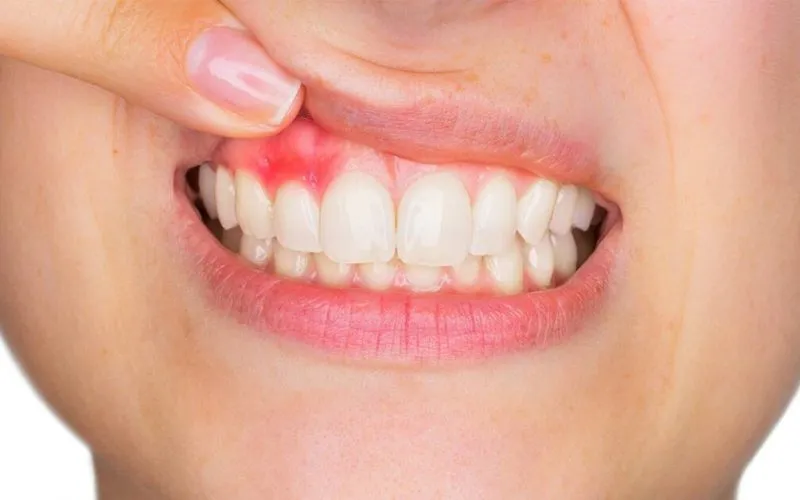Periodontology

Periodontology, also known as periodontics, is a specialized branch of dentistry that focuses on the prevention, diagnosis, and treatment of diseases and conditions that affect the supporting structures of the teeth, including the gums (gingiva), alveolar bone, periodontal ligament, and cementum (the outer layer of the tooth root).
The main goal of periodontology is to maintain the health of these supporting structures to ensure the stability and longevity of the teeth within the oral cavity. Healthy gums and strong supporting bone are essential for keeping teeth firmly in place and for maintaining overall oral health.
Periodontal diseases are typically caused by bacterial infections that result from the buildup of plaque, a sticky film of bacteria that forms on the teeth. If plaque is not adequately removed through regular brushing, flossing, and professional dental cleanings, it can harden into tartar (calculus), which cannot be removed by brushing alone. Tartar provides an ideal environment for bacteria to thrive, leading to inflammation of the gums (gingivitis) and potentially progressing to more severe forms of periodontal disease, such as periodontitis.
Common periodontal conditions and treatments include:
Gingivitis: This is the mildest form of periodontal disease, characterized by red, swollen, and bleeding gums. It can be reversed with good oral hygiene practices and professional dental cleanings.
Periodontitis: If gingivitis is left untreated, it can progress to periodontitis, where the infection spreads below the gum line and causes the destruction of the supporting tissues and bone around the teeth. Periodontitis can lead to gum recession, tooth mobility, and even tooth loss. Treatment for periodontitis may include scaling and root planing (a deep cleaning procedure), gum surgery, and bone grafting.
Gum grafting: This surgical procedure is performed to cover and protect exposed tooth roots due to gum recession. It can help reduce tooth sensitivity and improve the aesthetics of the smile.
Dental implants: Periodontists often work closely with restorative dentists to place dental implants. Implants are artificial tooth roots made of titanium that are surgically placed into the jawbone to support dental prosthetics such as crowns, bridges, or dentures.
Periodontal maintenance: After undergoing periodontal treatment, patients require regular maintenance visits with the periodontist or dental hygienist to monitor their oral health, remove plaque and tartar, and prevent the recurrence of periodontal disease.
Periodontists are dental specialists who have completed additional years of advanced training beyond dental school. They are experts in diagnosing and treating periodontal diseases and performing various surgical and non-surgical procedures to restore and maintain oral health. Regular visits to a periodontist can help prevent and treat periodontal problems, promoting the long-term health and stability of the teeth and gums.



